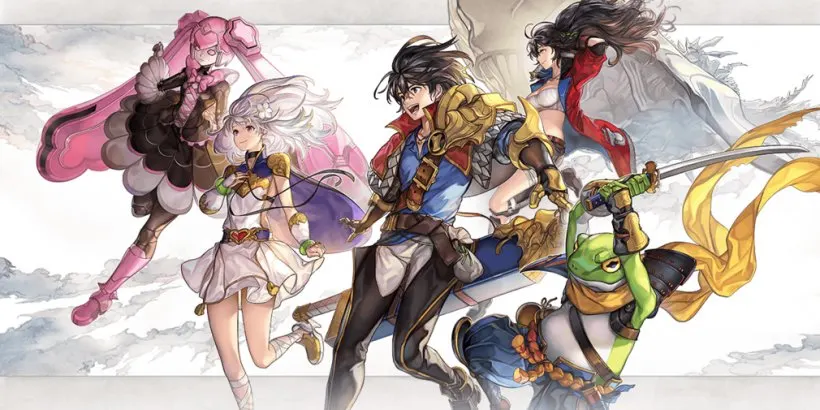The Evolution of WFS Character Skins: From Basic to Premium
Explore the fascinating journey of WFS character skins evolution, from simple basic designs to today's premium collections with advanced aesthetics.

The journey of WFS character skins has been remarkable, transforming from simple texture overlays to sophisticated premium collections. Early designs focused on basic color variations and simple patterns.
Today's premium skins showcase intricate details, dynamic lighting effects, and complex geometric patterns that represent the pinnacle of digital skin artistry and technological advancement.
The Early Days: Basic Skins
When WFS first introduced character skins, they were straightforward and minimalistic. Most early skins offered simple recolors or texture swaps designed to add variety without drastically changing character identity. They were often distributed as free rewards or bundled in starter packs, giving every player an accessible way to personalize their look.
While basic by today’s standards, these early skins were important. They laid the foundation for the trading culture and customization mindset that would later define the WFS economy. Players quickly realized that owning a unique look, even if it was just a different shade of armor or a slightly altered design, created status within the community.
The Rise of Thematic Collections
As WFS grew, developers began releasing thematic collections. These went beyond color swaps, incorporating lore-driven aesthetics such as military, futuristic, or fantasy-inspired outfits. Skins started telling stories, allowing players to connect with their characters on a deeper level.
Collections became a way to showcase creativity, and limited-edition releases fueled competition. Suddenly, skins were not just cosmetic—they became cultural symbols that tied into seasonal events, collaborations, and even community milestones.
The Shift to Premium Designs
The introduction of premium skins marked a major turning point. Premium designs incorporated advanced rendering techniques such as reflective surfaces, animated textures, and particle effects. These skins were often bundled with exclusive audio cues or visual effects, making them stand out dramatically during gameplay.
Premium skins also introduced the concept of rarity tiers. Some were locked behind difficult achievements, while others were available only during limited-time sales or high-level loot boxes. This scarcity drove demand, turning premium skins into highly valued assets in the WFS marketplace.
Community Influence and Esports
As esports and streaming became central to WFS, character skins gained new importance. Professional players showcasing premium skins elevated their prestige, and fans often rushed to acquire the same designs. Streamers, too, shaped demand by popularizing certain looks, making them trend within hours.
This synergy between community culture and skin design accelerated the evolution. Developers began to listen more closely to feedback, creating skins inspired by memes, fan art, and esports moments—bridging the gap between player creativity and official releases.
The Age of Personalization
Today, skins are more than digital outfits—they are expressions of identity. Premium skins often feature modular elements, allowing players to customize colors, accessories, and animations. The evolution from basic to premium has empowered players to stand out in ways unimaginable during the early days.
The monetization model has also matured. Battle passes, exclusive bundles, and marketplace trading ensure that both casual and dedicated players have ways to participate. This has turned skins into not only cosmetic features but also a sustainable economy that fuels WFS development.
Looking Ahead
The evolution is far from over. With advancements in graphics engines and AI-driven design, the next generation of WFS skins may feature fully dynamic appearances that adapt to environments or player performance. Imagine skins that change color based on in-game achievements or evolve visually as you level up a character.
As technology and creativity continue to intersect, the line between basic and premium will blur, offering limitless opportunities for self-expression within WFS.
Conclusion
The evolution of WFS character skins reflects not just technical progress but also the growth of player culture and digital identity. From simple recolors to immersive premium designs, skins have become a vital part of how players connect with the game and with each other.
As WFS continues to innovate, one thing remains clear: skins will always be more than cosmetics—they will be stories, achievements, and expressions of individuality within the ever-expanding WFS universe.